I received a call on the evening of Jan. 3, 2023 from a man whose wedding ring fell off on his property – a steep hillside home. He had searched…
I received a call on the evening of Jan. 3, 2023 from a man whose wedding ring fell off on his property – a steep hillside home. He had searched for a while and was hoping a metal detector would make the job easier.
It was already dark, but with an enormous winter storm predicted for the following day, there was a bit of urgency to find it quickly before heavy rain could wash it farther down the hill. Though it would be dark and the hill already damp from prior rain, I decided to venture out equipped with headlamps and hope.
What happened?
He was unloading groceries from the trunk of his car when the ring flew off his hand and started rolling down the driveway. He managed to see it happen and watched the ring, figuring it would stop on the concrete. Nope! His ring apparently had a daredevil streak – it launched itself off the concrete over the side of the road and down the hill next to the home.
I brought my Minelab CTX3030 and Equinox 800 (Minelab Metal Detectors ). When I arrived, he had assistance from three other men who were exploring the slope. As a transplant only one year ago from flatter than flat parts of the country, I’m still new to and intimidated by hills. I offered to give a quick lesson on the lightweight Equinox since they were far more adept with the hillside than I would be.
I set up the Equinox properly for the situation and target, and gave one of the gentlemen a crash course: easy…listen for the bleep! Then off he went down the hill while I checked out another spot that was easier to access. Within about 10 minutes or so, I heard the happy words: “Found it!”
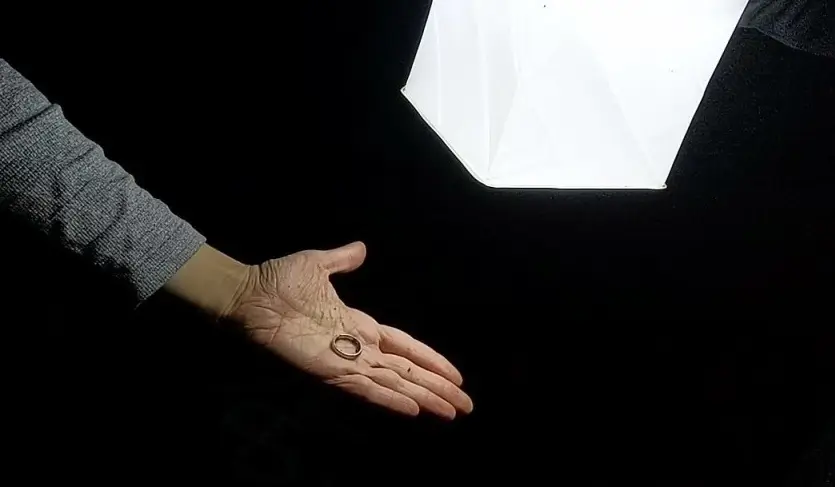
My box lantern illuminates the owner’s hand after his ring was recovered.
Because they had all been searching for probably a couple hours, this was a major relief and exciting moment. I was particularly happy that even though I didn’t find it myself, I was able to bring the joy and excitement of metal detecting to another person. And of course relief to the ring owner!
It was a smart move by the ring owner to call someone with the right tool, and the experience to set it up quickly and properly for the situation.
This goes for many parts of life – not just for metal detecting. We can often feel like trying to handle obstacles on our own either personally or professionally. The additional help along with a metal detector made the recovery happen much quicker. And in my case, handing off the detector to someone with better hill skills!
There is perhaps no better example than asking you to imagine the last time you tried to DIY something in your home and it wasn’t as simple as you thought. Plumbing quickly comes to mind for me. I’m sure we all have examples from our professional lives as well.
In this case and so many others, it’s worth calling on your fellow villagers for assistance!
Lose something special? Call a RingFinder! RingFinders is a global directory of metal detectorists just like me who can help you recover lost metal objects.

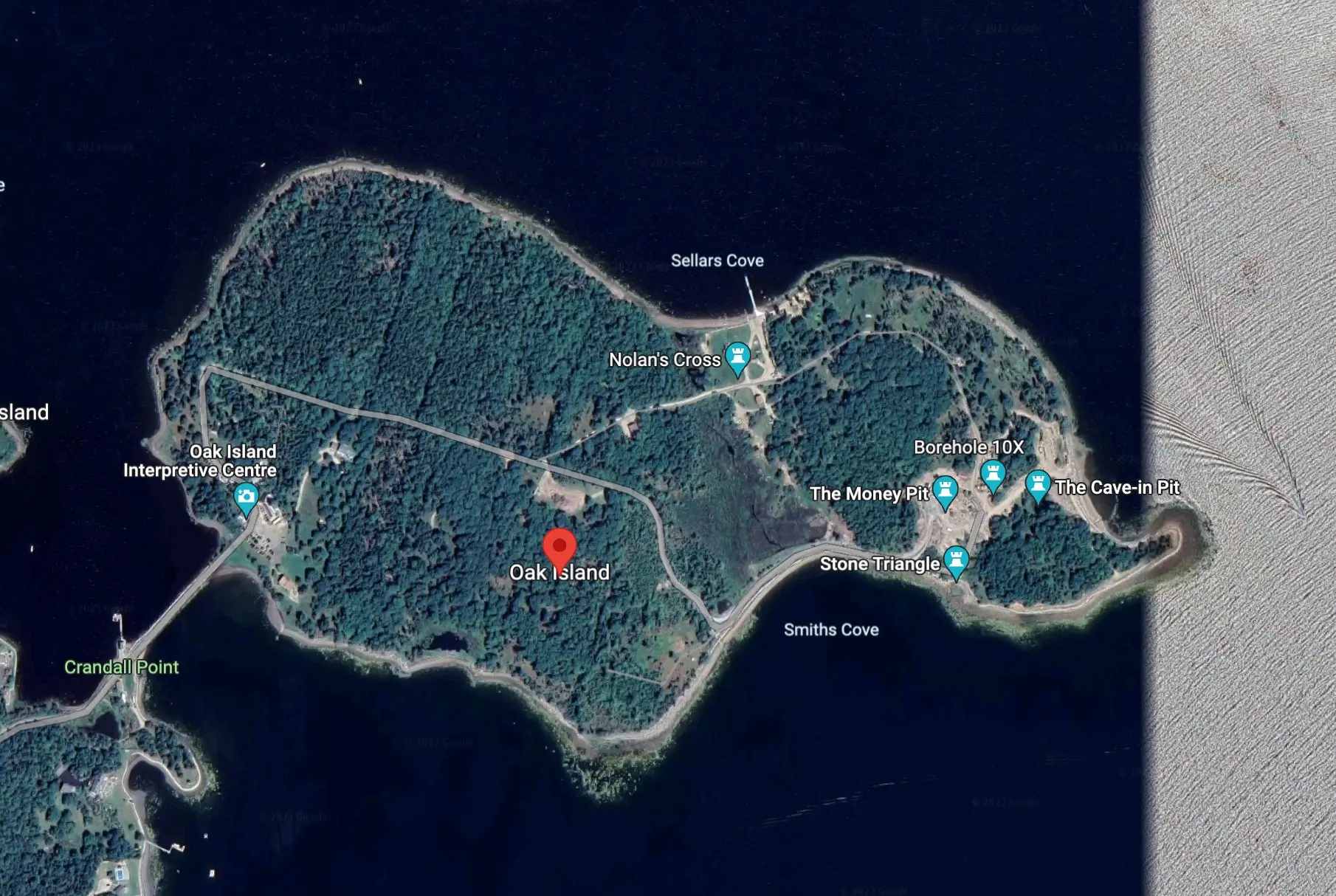
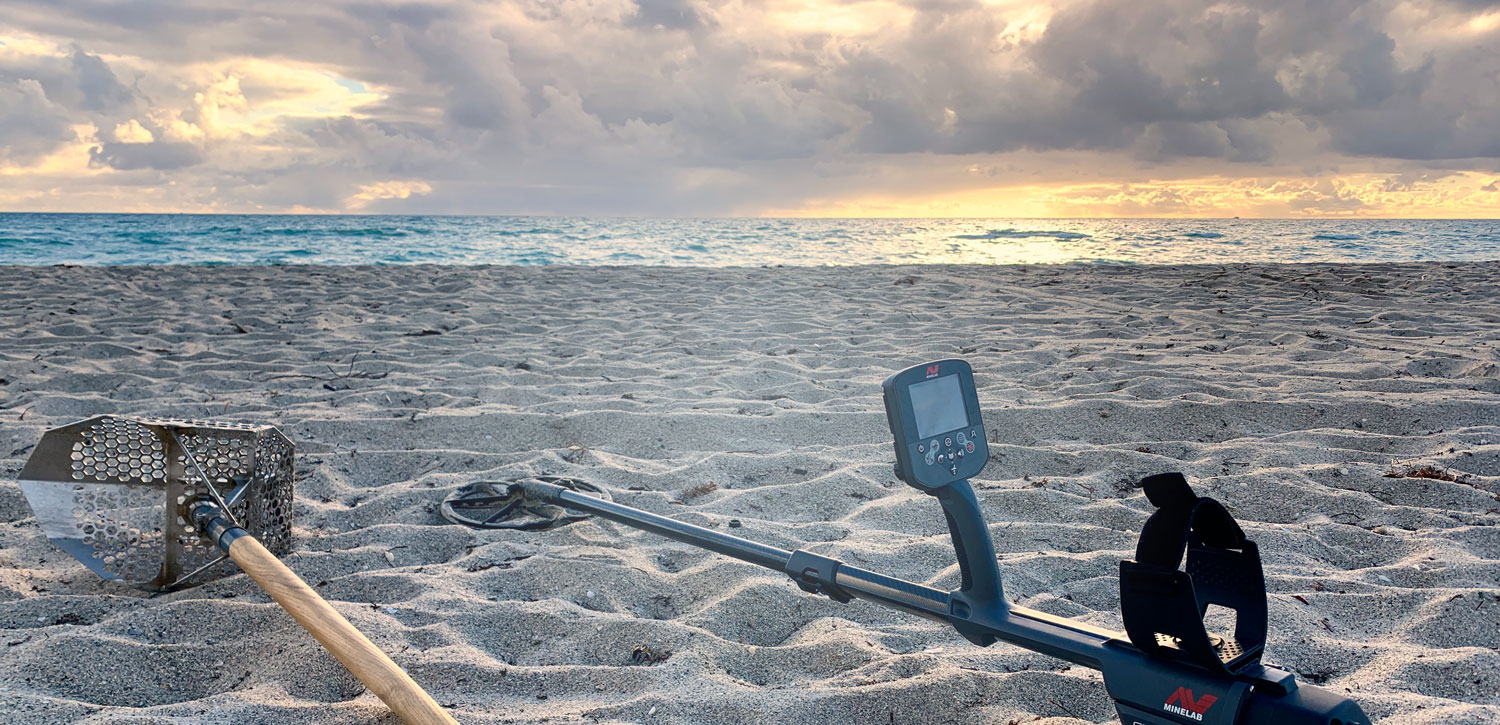
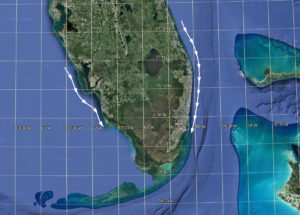
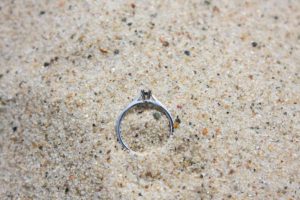 If someone lost a lightweight silver ring with a stone setting in the water at the shoreline two months ago, where should you begin your search for it?
If someone lost a lightweight silver ring with a stone setting in the water at the shoreline two months ago, where should you begin your search for it?